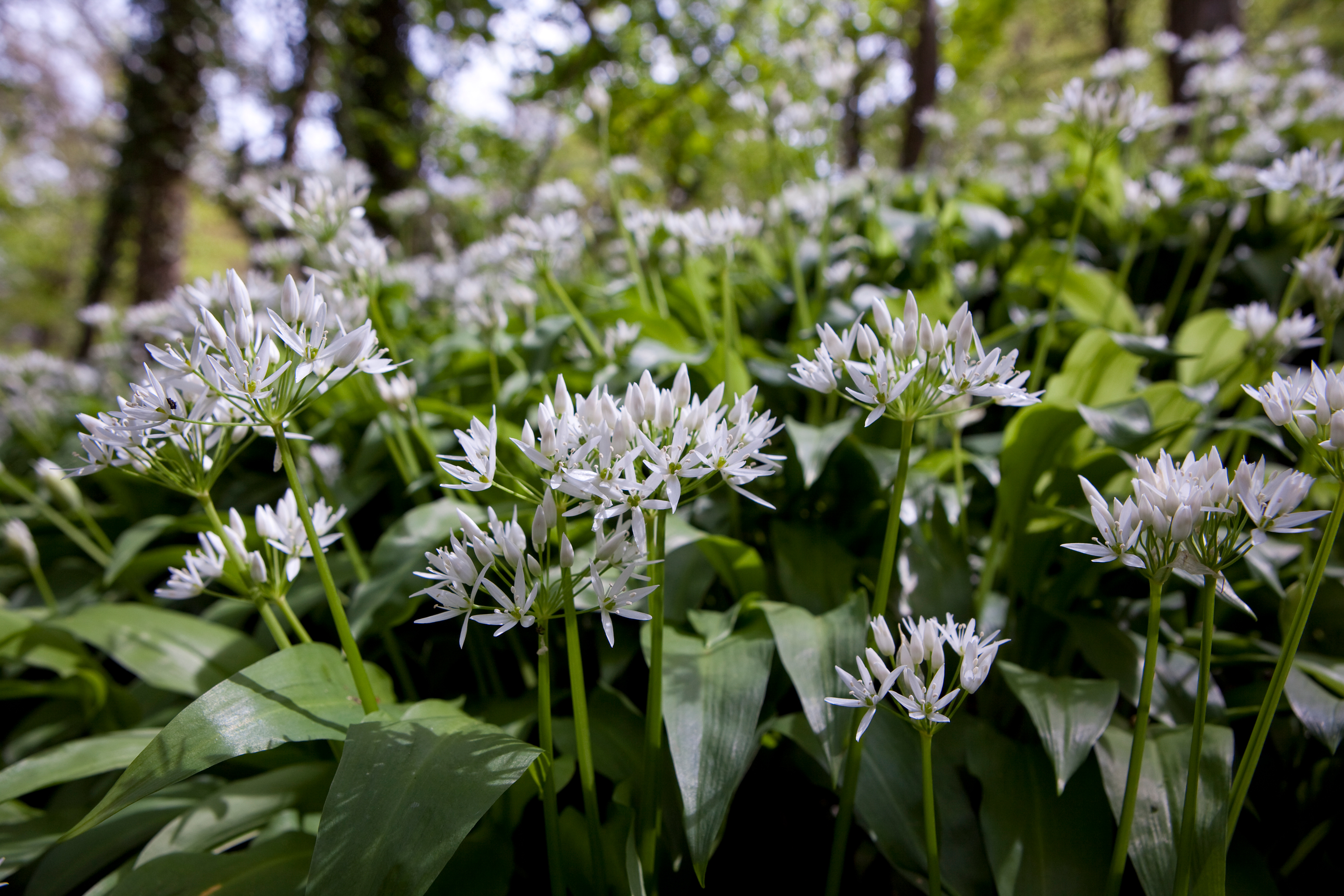As science proves the many health-boosting benefits of eating at least 30 different plants each week, Hugh Fearnley-Whittingstall shares his tips to help you meet the magic target.
Are you eating 30 plants a week? Supercharge your nutrition levels with Hugh Fearnley-Whittingstall’s simple tips
There’s a compelling scientific case for the wisdom and health benefits of eating 30 plants a week, and I believe I can make it pretty easy for you. Don’t assume that, just because this approach is undeniably good for you, it must be a chore to get there.
I genuinely think the opposite is true. On the whole, the recipes in my new book, How to Eat 30 Plants a Week, have done the hard work for you, putting glorious fresh vegetables, fruit, nuts and spices on to your plate in common-sense proportions, and with variety and diversity always at their heart.
The combining and layering of plants of all kinds has always been at the heart of great cooking, exciting and delighting our taste buds. And you are about to spend some time becoming more committed to this central tenet of the culinary art. Enjoy the journey – it’s a lifelong pursuit that, like all the best adventures, has no final destination.
30 plants a week is, first and foremost, a mindset. Essentially, it’s a way of thinking about what you eat. Here are some useful tips and techniques that will help to set your mind to the task in hand.
How to eat 30 plants a week
1 Shop wisely
Gradually build up a rolling roster of useful store-cupboard ingredients. Choose two or three types each of beans, nuts, seeds and spices that you like and are confident using. When it comes to fresh veg, set your sights on upping both the variety and the quantity you eat – but don’t overstock produce that you won’t get round to eating while it’s still really fresh.
- How to encourage kids to grow their own vegetables
- Guide to Britain’s best veg boxes
- Beginner’s guide to fermented food
2 Eat more nuts and seeds

This is an easy win. Although nuts and seeds have a shelf life, it’s usually measured in months rather than days, making them forgiving ingredients to keep to hand. They are such fantastically nutritious things, too, with a potent combination of healthy fats, fibre and protein.
3 Use your freezer

Try to start thinking of frozen veg not so much as easy bits on the side but as versatile ingredients to use in many different multi-plant dishes, especially soups, stews, risottos and the like. Quite often near the end of a dish I think: “I could throw a handful of frozen peas into that” – and I often do!
4 Double (and treble) your alliums

If you are sweating some onions for a dish, and not adding some garlic, then you are missing an opportunity. If you also happen to have a leek, why not add it too? This family of plants is full of good things, including fibre, vitamins and anti-inflammatory phytochemicals that help promote healthy cell development.
- Wild garlic guide: where to find, how to use and recipe ideas
- Monthly foraging guide: what’s in season, where to find it, and how to forage responsibly
5 Go big on brassicas

Green veg are among the most nutrient-dense of all the plants we can eat. They have plenty of fibre and contain a range of phytochemicals called glucosinolates, known for their anti-inflammatory properties. Most brassicas are rich in vitamin K, which is important for bone health, as well as folate, which is a B vitamin critical for building red blood cells and supporting the nervous system. They are also a great source of vitamin C. Across the dozens of varieties of cabbages, kales, broccolis, caulis and sprouts we grow in the UK, brassicas in some form are available throughout the year.
6 Have a bean feast

Most of us could get more beans, lentils and chickpeas into our cooking. They are so good for us, containing plenty of protein, fibre and micro-nutrients such as iron and some B vitamins. And they’re particularly helpful when we are looking to reduce the amount of meat we eat. Tinned pulses are minimally processed and retain all the goodness. Lentils I generally cook from scratch; most lentil varieties can be cooked in 20 minutes.
7 Snack the difference

A little healthy snacking can help get you over the 30 plants line in any given week. The best food groups to help you do this are nuts and seeds, raw veg, seasonal fresh and dried fruits (the latter in moderation, because they have quite high levels of concentrated sugars) – and why not just a little dark chocolate?
8 Have herbs handy

Both fresh and dried herbs are delightful for adding depth and flavour to all kinds of dishes, and are often packed with micro-nutrients that are scarce in other plants. Tossing parsley leaves into any salad, scattering fresh coriander on to a soup, or snipping chives on to eggs will only enhance the result.
9 Keep your score

To ensure you really are making progress, count the plants you eat. You can count each plant only once in a week – though by all means count it again the following week. So if you are eating carrots or kale, walnuts or even watercress twice or indeed several times a week, that’s great – but you get to count it only once. If you cook just three or four of my recipes in a week, you’ll soon be shooting past the 30 plants target.
More from Hugh Fearnley-Whittingstall’s River Cottage:
- River Cottage stuffed squash
- River Cottage perfect Seville orange marmalade
- Festive recipes from River Cottage chef Gill Meller